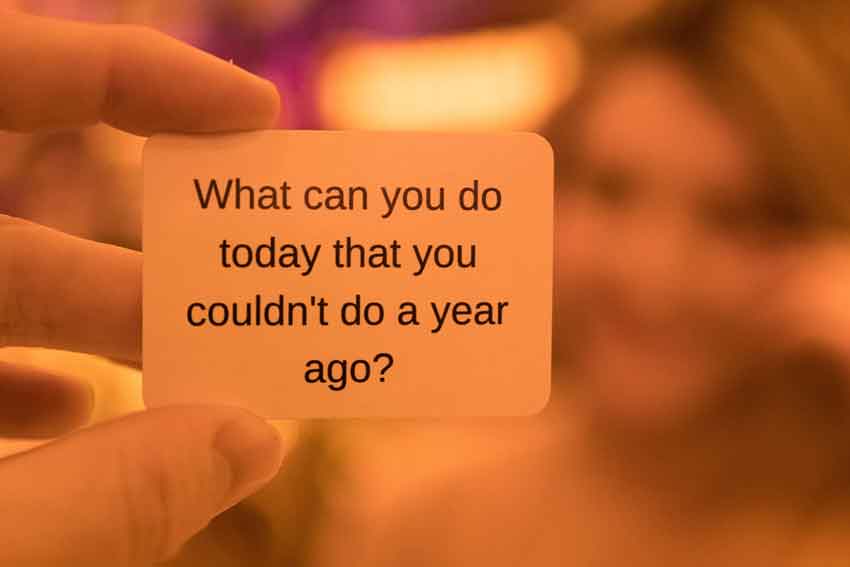I’m Vaccinated. Now what?
Life after vaccination: What do I do now?
So you’re fully vaccinated with one of the safe and effective COVID vaccines, but you still have questions about what to do now. We break it down for you with answers and guidance from the CDC.
First, have you been “fully” vaccinated? According to the CDC, the following time period to be considered fully vaccinated is:
- 2 weeks after your second dose in a 2-dose series, such as Pfizer and Moderna vaccines.
- 2 weeks after a single-dose vaccine, such as the Johnson & Johnson vaccine.
After you are considered fully vaccinated, it is still recommended to wear your mask, avoid large crowds, avoid poorly ventilated spaces, and stay 6 feet apart. We know that the COVID-19 vaccines are effective in the prevention of the COVID-19 disease and protect the person who was vaccinated from coming down with a severe case of COVID. There are variants of the virus and early data shows that each vaccine may work against some of those variants, but might be less effective against some others. Steps that help stop the spread of COVID-19 are still important. It is important to note that we are still learning just how long the COVID-19 vaccines can protect us.
Reminder: the vaccines that are available right now help make you immune, not invincible. They are highly effective, but not 100% effective.
Getting your vaccine is a great start to helping us all get back to what we’re used to. The more people who are vaccinated, the safer our communities become. As cases decline in our areas and as vaccinations increase, contact with others becomes safer, but we can’t disregard safety protocols just yet.
Should I visit with unvaccinated people?
The CDC guidelines suggest the following:
- Those who are fully vaccinated can safely gather indoors with others who are fully vaccinated without wearing a mask.
- Fully vaccinated people can safely gather indoors with unvaccinated people without wearing a mask unless a person who is unvaccinated is at high risk for severe COVID-19 illness.
Do I need to get tested before or after I travel?
As of April 2, 2021, if you are fully vaccinated you can travel within the U.S. without getting tested prior to travel, or post-travel. You do not need to self-quarantine, either. If you are traveling outside the country, you do not need to get tested prior to leaving the U.S. unless it is required by your destination, nor do you need to self-quarantine after coming back to the U.S. The recommendation is that you should still get tested for COVID-19 3-5 days after traveling internationally.
I was around someone who has COVID-19. Do I need to stay away from others?
You don’t need to keep away from other people after you’ve been exposed to COVID-19, nor do you need to get tested, unless you start having symptoms.
In summary, the CDC states that fully vaccinated people can:
- Visit indoors with other people who have been fully vaccinated without wearing a mask or physical distancing.
- Visit with unvaccinated people from a single household who are at low risk for severe COVID-19 disease indoors without wearing a mask or physical distancing.
- Refrain from quarantine and testing following a known exposure if asymptomatic.
- Resume domestic travel and refrain from testing following a known exposure if asymptomatic.
- Refrain from testing before leaving the United States for international travel (unless required by the destination) and refrain from self-quarantine after arriving back in the United States.
If you are fully vaccinated, you should still:
- Take precautions in public like wearing a well-fitted mask and physical distancing.
- Wear masks, practice physical distancing, and adhere to other prevention measures when visiting with unvaccinated people who are at increased risk for severe COVID-19 disease or who have an unvaccinated household member who is at increased risk for severe COVID-19 disease.
- Avoid medium-and large-sized in-person gatherings.
- Get tested if you experience COVID-19 symptoms.
- Follow guidance issued by your individual employer(s).
- Follow CDC and health department travel requirements and recommendations.
I choose not to get vaccinated. What are my risks if I want to be around others?
Harvard University’s T.H. Chan School of Public Health developed an interactive tool that uses hard numbers to estimate the risk of transmission in different situations. According to the COVID-19 Risk Calculator, it allows us to gain an understanding of how to reduce the risk of transmission in indoor environments using affordable control strategies. The tool is based on several “super-spreading events” which might result in overestimates of risks people face in a typical indoor environment.
Try the tool here: COVID-19 RISK CALCULATOR


